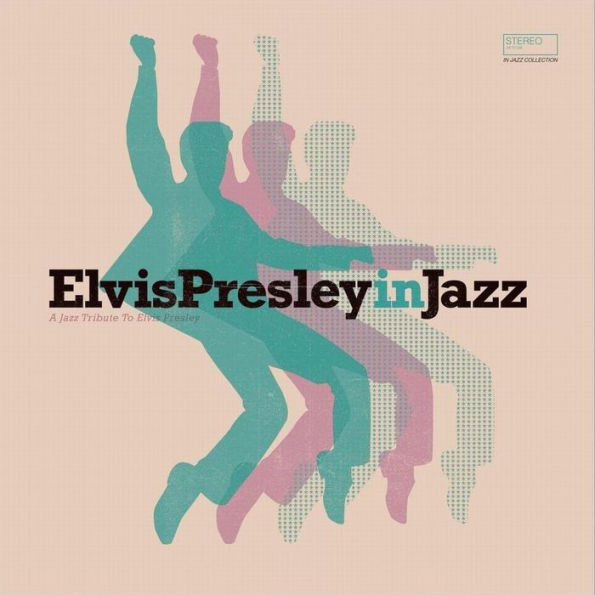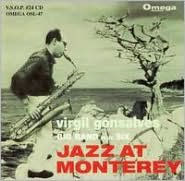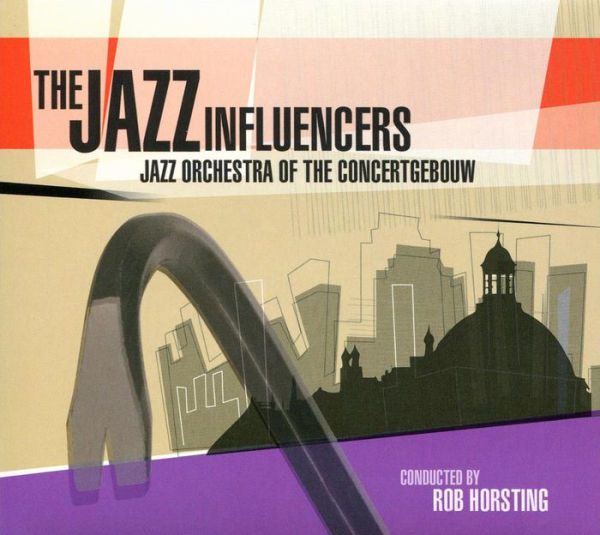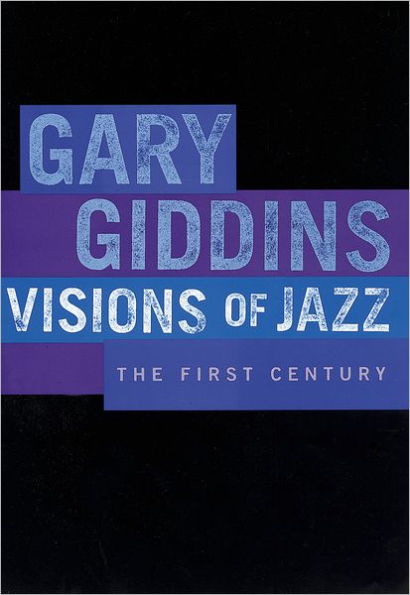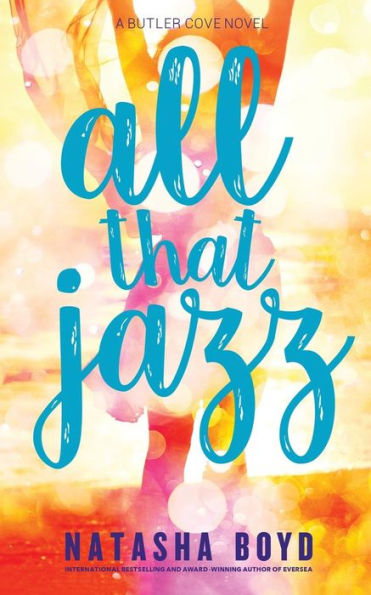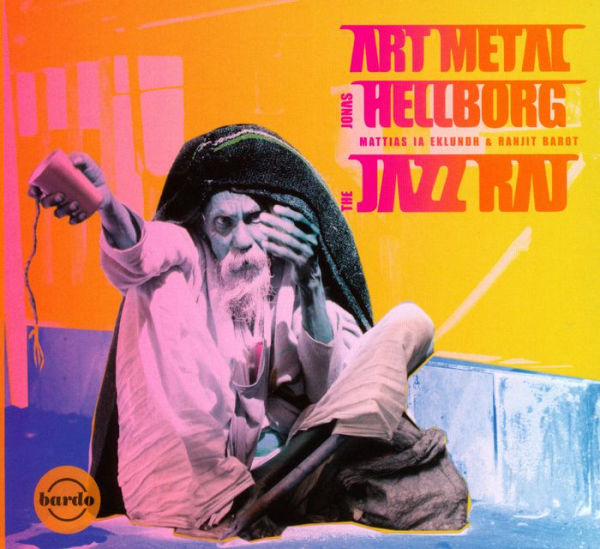Home
Jazz Advance
Barnes and Noble
Loading Inventory...
Jazz Advance in Bloomington, MN
Current price: $12.99

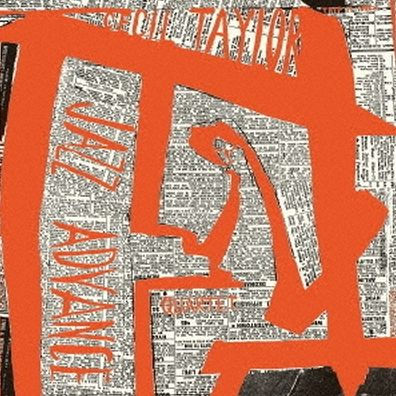
Jazz Advance in Bloomington, MN
Current price: $12.99
Loading Inventory...
Size: OS
The
Transition
label and the then new music of
Cecil Taylor
were perfectly matched, the rebellion in modern jazz was on in 1956, and the pianist was at the forefront. Though many did not understand his approach at the time, the passing years temper scathing criticism, and you can easily appreciate what he is accomplishing. For the reissue
Jazz Advance
, you hear studio sessions in Boston circa 1956, and the legendary, ear-turning set of 1957 at the Newport Jazz Festival. A young
Steve Lacy
is included on several tracks, and while revealing
Taylor
's roughly hewn facade, the few pieces as a soloist and with his trio of bassist
Buell Neidlinger
and drummer
Dennis Charles
are even more telling. At his most astonishing,
slightly teases, barely referring to the melody of
"You'd Be So Nice to Come Home To,"
wrapping his playful, wild fingers and chordal head around a completely reworked, fractured, and indistinguishable yet introspective version of this well-worn song form.
is also able to circle the wagons, jabbing and dotting certain vital notes on the melody of
"Sweet & Lovely."
When inclined to turn off putting dissonant chords into playful melody changes, he does so, turning around
Thelonious Monk
's
"Bemsha Swing"
delightfully, and then scattering notes everywhere in his solo.
Lacy
's soprano sax is more than up to the task in interpreting
's personal
"Charge 'Em Blues"
or laying out the straight-ahead mood on
"Song."
Neidlinger
is the hardest swinging bassist on the planet during
"Rick Kick Shaw,"
boosted by the Asian flavored piano of
and especially the soaring punt-like drumming of
Charles
. The Newport sessions allegedly sent the crowd reeling with stunned surprise, as the quartet takes
Billy Strayhorn
"Johnny Come Lately"
starkly further than
Monk
might have, while
's original
"Nona's Blues"
sports a jagged edge in what he called a "traditional, shorter form" as they were "at a jazz festival," and his original
"Tune 2"
is a ten-and-a-half minute languid strut, most
like, and a departure from any norm previously established. With
, the revolution commenced,
was setting the pace, and the improvised music world has never been the same. For challenged listeners, this LP has to be high on your must-have list. ~ Michael G. Nastos
Transition
label and the then new music of
Cecil Taylor
were perfectly matched, the rebellion in modern jazz was on in 1956, and the pianist was at the forefront. Though many did not understand his approach at the time, the passing years temper scathing criticism, and you can easily appreciate what he is accomplishing. For the reissue
Jazz Advance
, you hear studio sessions in Boston circa 1956, and the legendary, ear-turning set of 1957 at the Newport Jazz Festival. A young
Steve Lacy
is included on several tracks, and while revealing
Taylor
's roughly hewn facade, the few pieces as a soloist and with his trio of bassist
Buell Neidlinger
and drummer
Dennis Charles
are even more telling. At his most astonishing,
slightly teases, barely referring to the melody of
"You'd Be So Nice to Come Home To,"
wrapping his playful, wild fingers and chordal head around a completely reworked, fractured, and indistinguishable yet introspective version of this well-worn song form.
is also able to circle the wagons, jabbing and dotting certain vital notes on the melody of
"Sweet & Lovely."
When inclined to turn off putting dissonant chords into playful melody changes, he does so, turning around
Thelonious Monk
's
"Bemsha Swing"
delightfully, and then scattering notes everywhere in his solo.
Lacy
's soprano sax is more than up to the task in interpreting
's personal
"Charge 'Em Blues"
or laying out the straight-ahead mood on
"Song."
Neidlinger
is the hardest swinging bassist on the planet during
"Rick Kick Shaw,"
boosted by the Asian flavored piano of
and especially the soaring punt-like drumming of
Charles
. The Newport sessions allegedly sent the crowd reeling with stunned surprise, as the quartet takes
Billy Strayhorn
"Johnny Come Lately"
starkly further than
Monk
might have, while
's original
"Nona's Blues"
sports a jagged edge in what he called a "traditional, shorter form" as they were "at a jazz festival," and his original
"Tune 2"
is a ten-and-a-half minute languid strut, most
like, and a departure from any norm previously established. With
, the revolution commenced,
was setting the pace, and the improvised music world has never been the same. For challenged listeners, this LP has to be high on your must-have list. ~ Michael G. Nastos
The
Transition
label and the then new music of
Cecil Taylor
were perfectly matched, the rebellion in modern jazz was on in 1956, and the pianist was at the forefront. Though many did not understand his approach at the time, the passing years temper scathing criticism, and you can easily appreciate what he is accomplishing. For the reissue
Jazz Advance
, you hear studio sessions in Boston circa 1956, and the legendary, ear-turning set of 1957 at the Newport Jazz Festival. A young
Steve Lacy
is included on several tracks, and while revealing
Taylor
's roughly hewn facade, the few pieces as a soloist and with his trio of bassist
Buell Neidlinger
and drummer
Dennis Charles
are even more telling. At his most astonishing,
slightly teases, barely referring to the melody of
"You'd Be So Nice to Come Home To,"
wrapping his playful, wild fingers and chordal head around a completely reworked, fractured, and indistinguishable yet introspective version of this well-worn song form.
is also able to circle the wagons, jabbing and dotting certain vital notes on the melody of
"Sweet & Lovely."
When inclined to turn off putting dissonant chords into playful melody changes, he does so, turning around
Thelonious Monk
's
"Bemsha Swing"
delightfully, and then scattering notes everywhere in his solo.
Lacy
's soprano sax is more than up to the task in interpreting
's personal
"Charge 'Em Blues"
or laying out the straight-ahead mood on
"Song."
Neidlinger
is the hardest swinging bassist on the planet during
"Rick Kick Shaw,"
boosted by the Asian flavored piano of
and especially the soaring punt-like drumming of
Charles
. The Newport sessions allegedly sent the crowd reeling with stunned surprise, as the quartet takes
Billy Strayhorn
"Johnny Come Lately"
starkly further than
Monk
might have, while
's original
"Nona's Blues"
sports a jagged edge in what he called a "traditional, shorter form" as they were "at a jazz festival," and his original
"Tune 2"
is a ten-and-a-half minute languid strut, most
like, and a departure from any norm previously established. With
, the revolution commenced,
was setting the pace, and the improvised music world has never been the same. For challenged listeners, this LP has to be high on your must-have list. ~ Michael G. Nastos
Transition
label and the then new music of
Cecil Taylor
were perfectly matched, the rebellion in modern jazz was on in 1956, and the pianist was at the forefront. Though many did not understand his approach at the time, the passing years temper scathing criticism, and you can easily appreciate what he is accomplishing. For the reissue
Jazz Advance
, you hear studio sessions in Boston circa 1956, and the legendary, ear-turning set of 1957 at the Newport Jazz Festival. A young
Steve Lacy
is included on several tracks, and while revealing
Taylor
's roughly hewn facade, the few pieces as a soloist and with his trio of bassist
Buell Neidlinger
and drummer
Dennis Charles
are even more telling. At his most astonishing,
slightly teases, barely referring to the melody of
"You'd Be So Nice to Come Home To,"
wrapping his playful, wild fingers and chordal head around a completely reworked, fractured, and indistinguishable yet introspective version of this well-worn song form.
is also able to circle the wagons, jabbing and dotting certain vital notes on the melody of
"Sweet & Lovely."
When inclined to turn off putting dissonant chords into playful melody changes, he does so, turning around
Thelonious Monk
's
"Bemsha Swing"
delightfully, and then scattering notes everywhere in his solo.
Lacy
's soprano sax is more than up to the task in interpreting
's personal
"Charge 'Em Blues"
or laying out the straight-ahead mood on
"Song."
Neidlinger
is the hardest swinging bassist on the planet during
"Rick Kick Shaw,"
boosted by the Asian flavored piano of
and especially the soaring punt-like drumming of
Charles
. The Newport sessions allegedly sent the crowd reeling with stunned surprise, as the quartet takes
Billy Strayhorn
"Johnny Come Lately"
starkly further than
Monk
might have, while
's original
"Nona's Blues"
sports a jagged edge in what he called a "traditional, shorter form" as they were "at a jazz festival," and his original
"Tune 2"
is a ten-and-a-half minute languid strut, most
like, and a departure from any norm previously established. With
, the revolution commenced,
was setting the pace, and the improvised music world has never been the same. For challenged listeners, this LP has to be high on your must-have list. ~ Michael G. Nastos
![We Get a Kick out of Jazz, Too [Barnes & Noble Exclusive]](https://prodimage.images-bn.com/pimages/0602498430446_p0_v2_s600x595.jpg)
